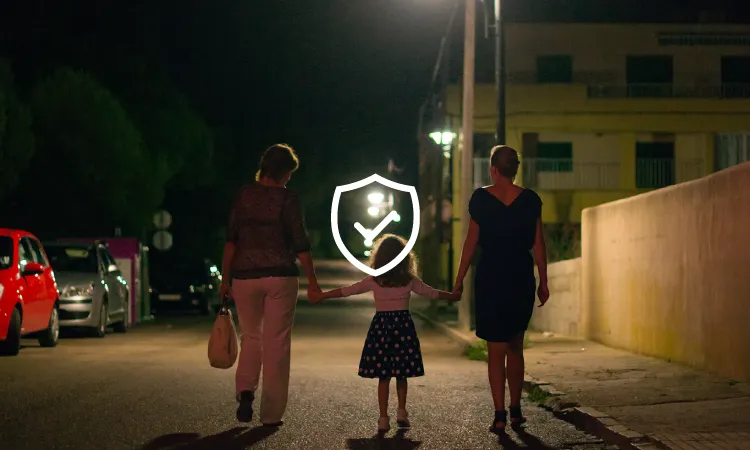Street Lighting and Crime
Striking the Balance Between Cost and Safety
The interplay between street lighting and urban safety has long been a topic of interest among city planners, law enforcement agencies, and the public. Illuminated streets are more than just a feature of urban planning; they are a silent guardian of the night, dissuading potential criminals and forging paths of safety in the dark. The importance of street lighting in reducing crime can hardly be overstated, yet the challenge of managing costs while maintaining safety is ever-present. This article explores the crucial role of street lighting in crime reduction and offers insights into how cities can optimize their lighting systems to save money without compromising public safety.

